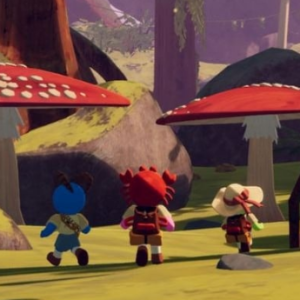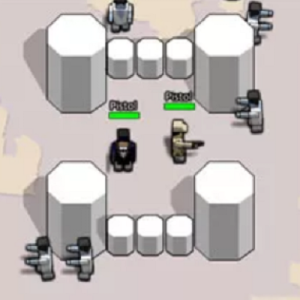Similiar games
Peak Roots expands the core structure of the game Peak by adding a new zone that changes how players move, plan, and cooperate. The update introduces layered terrain, a broader vertical layout, and new interactive elements that connect ground-level exploration with higher platforms. The environment is arranged to encourage steady decision-making rather than rapid progress, and each section of the route contains several branching paths with different risk levels. Players enter the area with the standard gear from the base game and then adjust their strategy as new tools appear throughout the climb.
Core Additions
The update focuses on movement, resource management, and pathfinding. It introduces several items and world objects that modify how players navigate the route. To illustrate the structure of the biome, here are the key categories:
- Tools that create temporary climbing routes
- Plants that affect movement speed and landing positions
- Consumables with short-term effects
- Hostile creatures that react to sound or movement
- Environmental obstacles that alter visibility or stamina
These elements appear in different combinations depending on the generated layout, which means the biome never repeats its exact structure. The new systems encourage players to time their actions, define roles in a team, and evaluate terrain before moving forward.
Changes to Progression
Peak Roots modifies the progression pace by introducing checkpoints that depend on team coordination. Certain sections require players to interact with shared devices, and several paths open only when the group completes specific actions in sequence. Individual advancement is still possible, but coordinated movement offers more reliable results. The update also adds new milestones that track completed routes, discovered locations, and used tools. These milestones unlock cosmetic rewards, additional paths, and optional challenges that reshape the structure of future runs.
Interaction and Team Dynamics
In this biome, team members must respond to each other’s movement and positioning. Some obstacles trigger timed events, while others require players to place items that influence the environment for a short duration. Internal communication becomes important because the biome reacts to noise, distance, and object placement. Even in solo mode, players must manage these systems carefully by alternating between climbing, observation, and item use. The design encourages small decisions that accumulate into a consistent route strategy.
Long-Term Value
Peak Roots expands the replay potential of Peak by combining repeatable structure with varied conditions. Players who focus on exploration gain access to hidden interactions, while those who prefer strategic climbing can use the new tools to optimize routes. The biome supports different play styles without forcing one preferred method, allowing both solo and group players to adapt the content to their approach. Over time, the update aims to integrate with existing systems so that each run feels connected to previous progress while still offering new challenges.



















